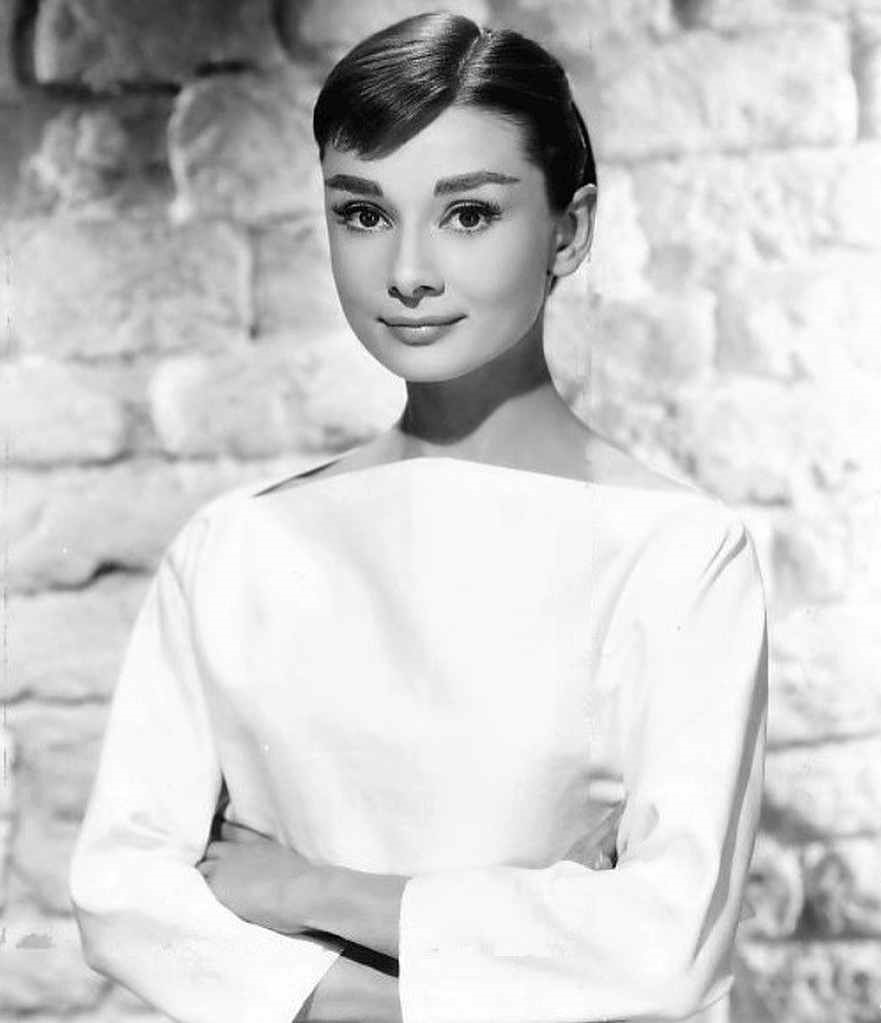The luxurious Mercedes 320 (Mercedes-Benz W142) was a status symbol of the rich then and it is still a brand today but it also has an interesting history. But before history, Let’s check it. The vehicle had a 4-speed, fully synchronized manual transmission and a 6-cylinder in-line engine with 3.2 liters of displacement and 78 horsepower.
![History Mercedes 320 [Mercedes-Benz W142] and Martin Bormann, connection to Führer](https://topicflix.com/wp-content/uploads/2023/01/Mercedes-Benz-W142.jpg)
Such broadcasts were unusual in the 1930s. Notably, synchronisation was either absent or non-existent on all gears. All wheels had hydraulic brakes. In addition, it was a fairly state-of-the-art solution at that time. The maximum speed of the vehicle was 125 km/h. It was excellent for the time. Leather, walnut, and oak were used for the trim of the saloon. This type of production was seen from 1937 to 1942.
Martin Bormann, who had emphasised his flattering admiration for the automobile with the three-beam star on the bonnet, rode it to demonstrate his personal devotion to Hitler, which, because of this, earned him the status of a sycophant of the deranged Führer and earned him a him a reputation as.

He served as the official leader of the NDSAP (A. Hitler’s Nazi Party) at the same time. In the top leadership of the Third Reich, he also remained one of the people closest to him. Martin Bormann r. Hess inexplicably avoided capture and fled to England, replacing Hess as the primary Nazi empire ideologue. He was one of the most likely successors to his boss.
But the claim has been debated for a long time about whether he was hired by the Soviet intelligence department or not. Who knows? But it depends on how reliable this information is. Historians are still debating the circumstances of his death.
Why don’t African women have long hair ?
There is a common tradition among the tribes of Africa according to which women should…
Why do most People Judge Others so Quickly ? and How to Avoid it
Have you ever made a judgment about a person or situation and then realized that…
6 thing to be remember if Travel to Spain
Travelling to Spain is an extremely thrilling experience. This country in Western Europe is surrounded…
15 People Who changed the world with own passion
People who changed the world are amazing, which has been created by the passion of…
14 Great SPORTS MOMENTS THAT CHANGED THE WORLD !
There are crucial moments in sports history that shape not only the direction of sporting…
Why are Phungsu Wangdu of 3-Idiots, Sonam Wangchuk on a long Hunger Strike?
You must have seen the amazing film of those three friends in which Aamir Khan…





